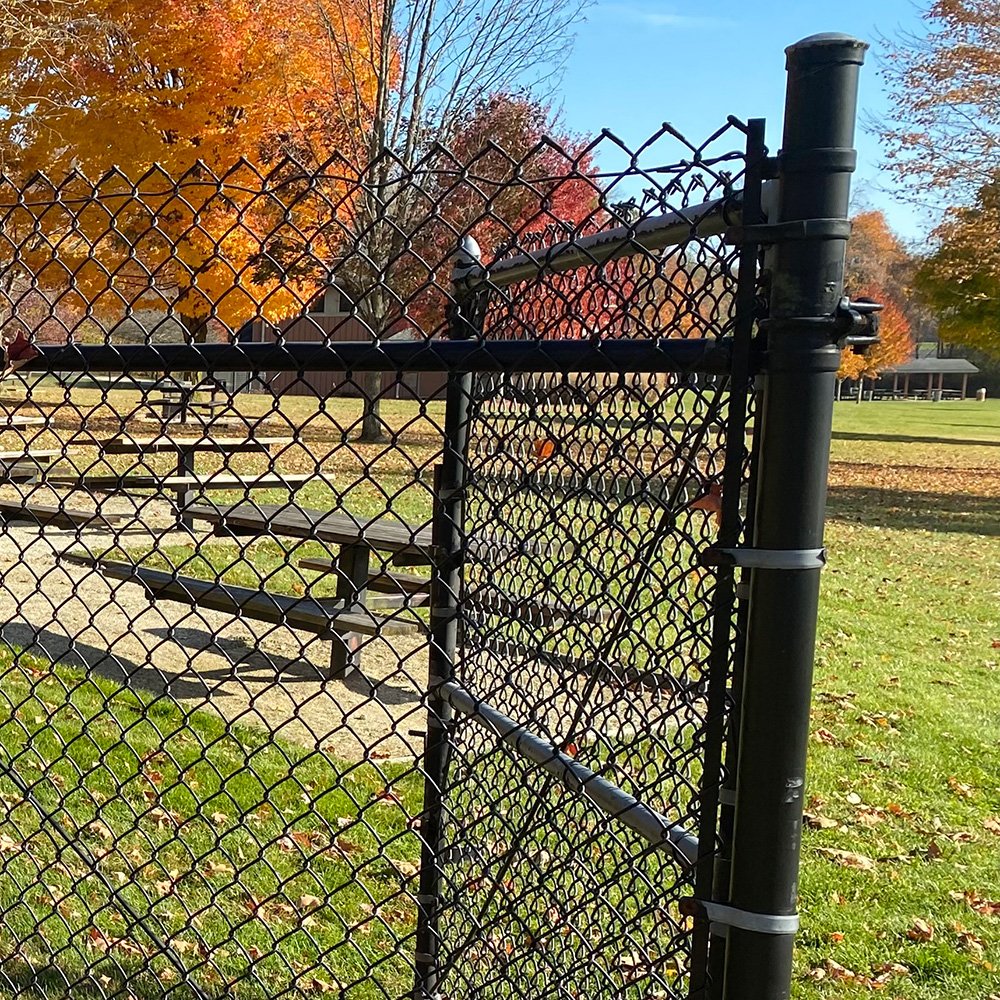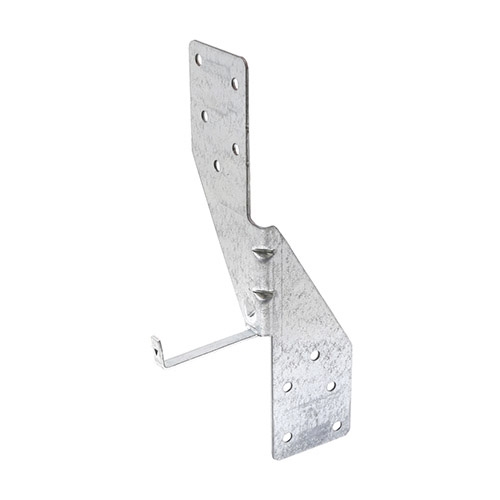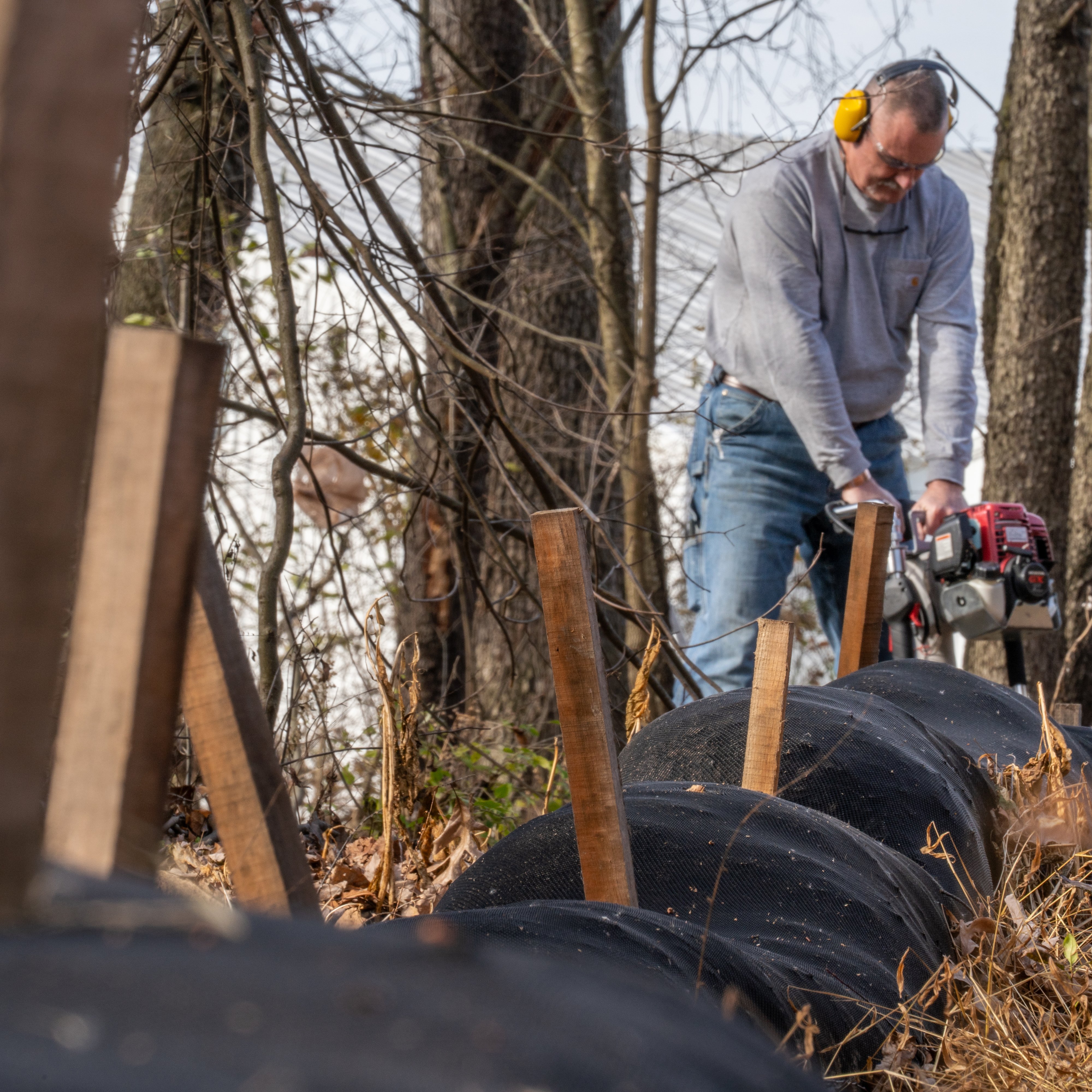A Guide To Line Rail Clamps And Their Sizes
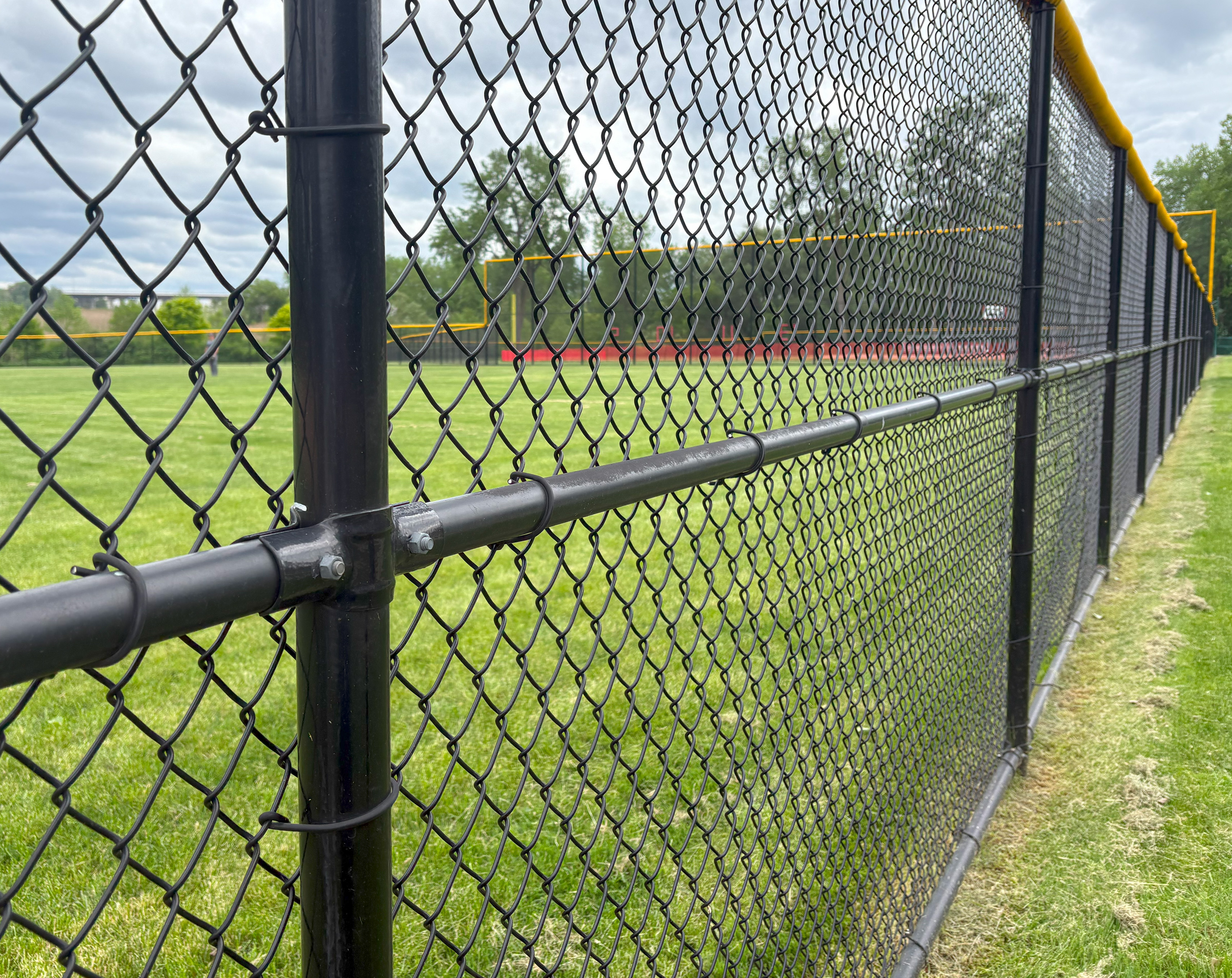
Line rail clamps are typically used to secure horizontal rails, either the bottom rail or mid-rail, to a chain link fence post. They are utilized in various fencing projects, including residential, commercial, and industrial settings. These bottom rail chain link fittings are installed on the outside of where the fence rail and fence post connect, essentially 'sandwiching' the piping in a way that keeps the fence components and extra rails secure.
Although these line clamps are more often seen connecting rails on a standard chain link fence, they can also be found on more specialized chain link products such as backstops for baseball fields, tennis court fencing, greenhouse frames, dog kennels, and many other structures that utilize round pipes.
What Is The Purpose Of A Bottom Rail On A Chain Link Fence?
One of the main purposes of adding a bottom rail to a chain link fence is for added security. Not only does the bottom rail add more stability to the fence, but it also prevents a person or an animal from pushing underneath the fabric. While a tension wire at the bottom of the fence will achieve a similar result, attaching the fabric to the bottom rail offers higher security and more dependability.
Common Applications For A Bottom Rail
- High Security Properties: The addition of a bottom rail creates a sturdier, more secure fence but also reduces the risk of the fabric being pushed or pulled allowing unwanted entry.
- Animal Security: The extra reinforcement prevents dogs or other wildlife from digging underneath the fence. This is why bottom rails are commonly used for kennels or fencing, specifically for dogs.
- Baseball Backstops & Field Fencing: The consistent impact against baseball backstops requires a chain link fence that is as sturdy as possible. Additionally, the bottom rail on the fence surrounding the field helps prevent the ball from rolling underneath.
What Is The Purpose Of A Mid-Rail On A Chain Link Fence?
Including a mid-rail on a chain link fence serves as horizontal support in cases where a fence is on the taller side or in an area where increased wind is expected. It prevents the posts and fabric from bending, and it helps keep a chain link fence from sagging over time.
Common Applications For A Mid-Rail:
- Commercial or Industrial Properties: In areas with a higher sense of security that require a taller fence, it is common to find a chain link fence that includes a mid-rail to support the height. More specific applications, such as military installations, may also require a tall, secure fence and would need a mid-rail for extra assistance.
- Areas Prone to High Wind Loads: Even if height is not a concern, mid-rails may be used in areas where the wind load is higher than average in order to prevent the chain link fence from weakening under the weight of constant heavy drafts.
- Recreational Facilities: Tennis courts and baseball fields are common areas that require additional height of a chain link fence. mid-rails are often used for these applications to support not only the height, but also potential impact.
Different Types of Line Rail Clamps
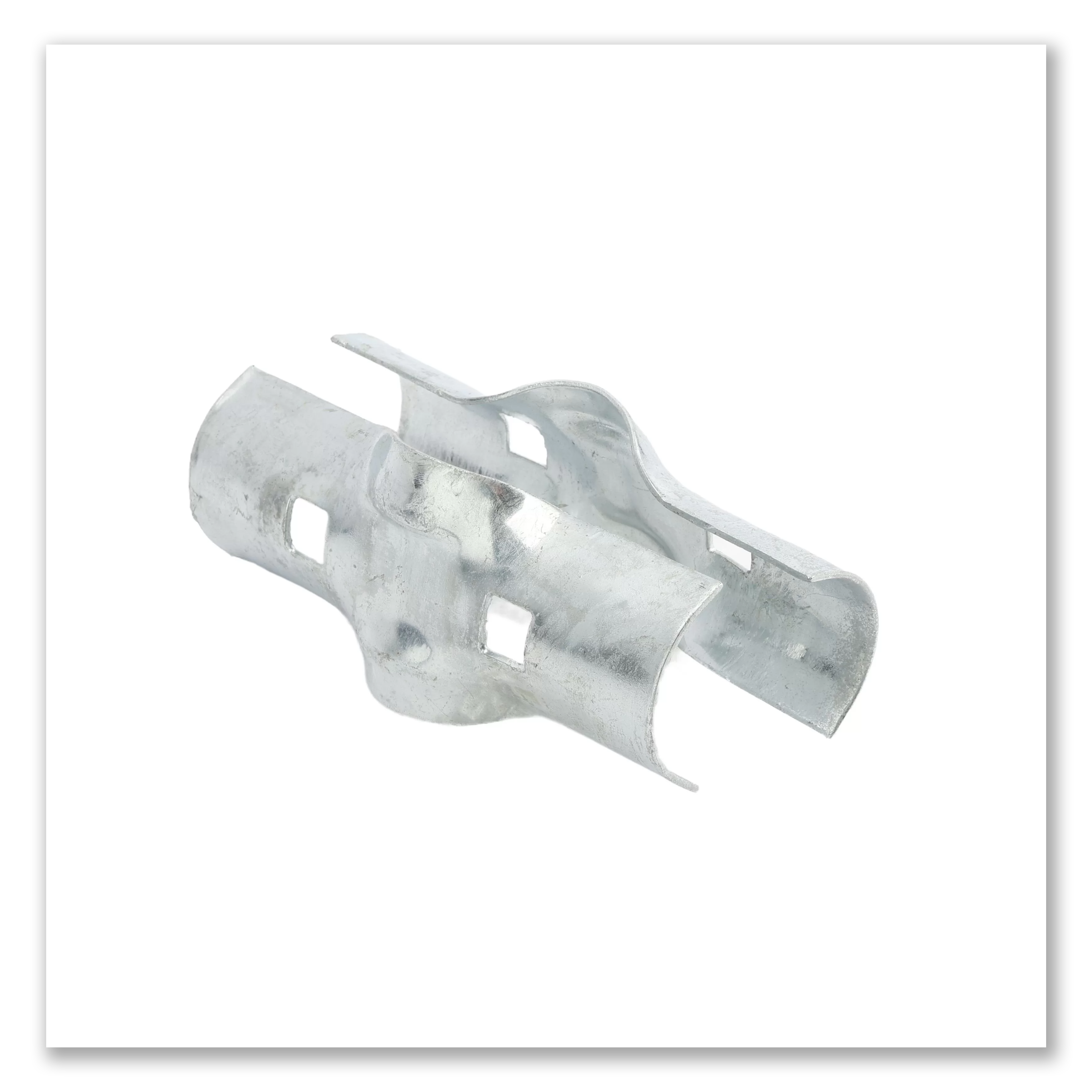
Line Rail Clamps
The traditional line rail clamp connects two horizontal rail lines between two fence sections that are a part of the same fence line and creates a T-shaped connection.
Shop Now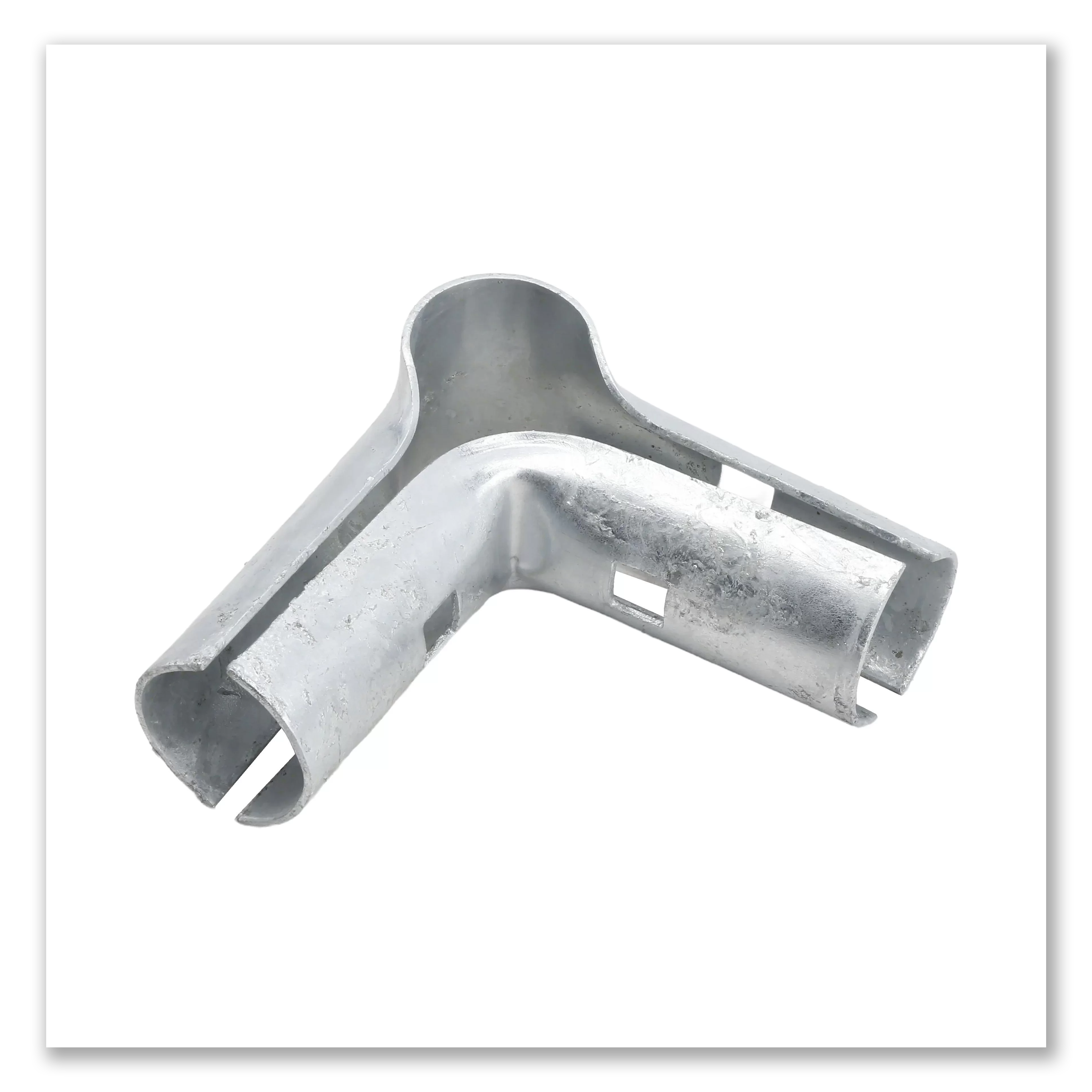
Corner Line Rail Clamps
Corner line rail clamps work the same way but are specifically designed for connecting two horizontal rails that meet at a corner of the fence.
Shop Now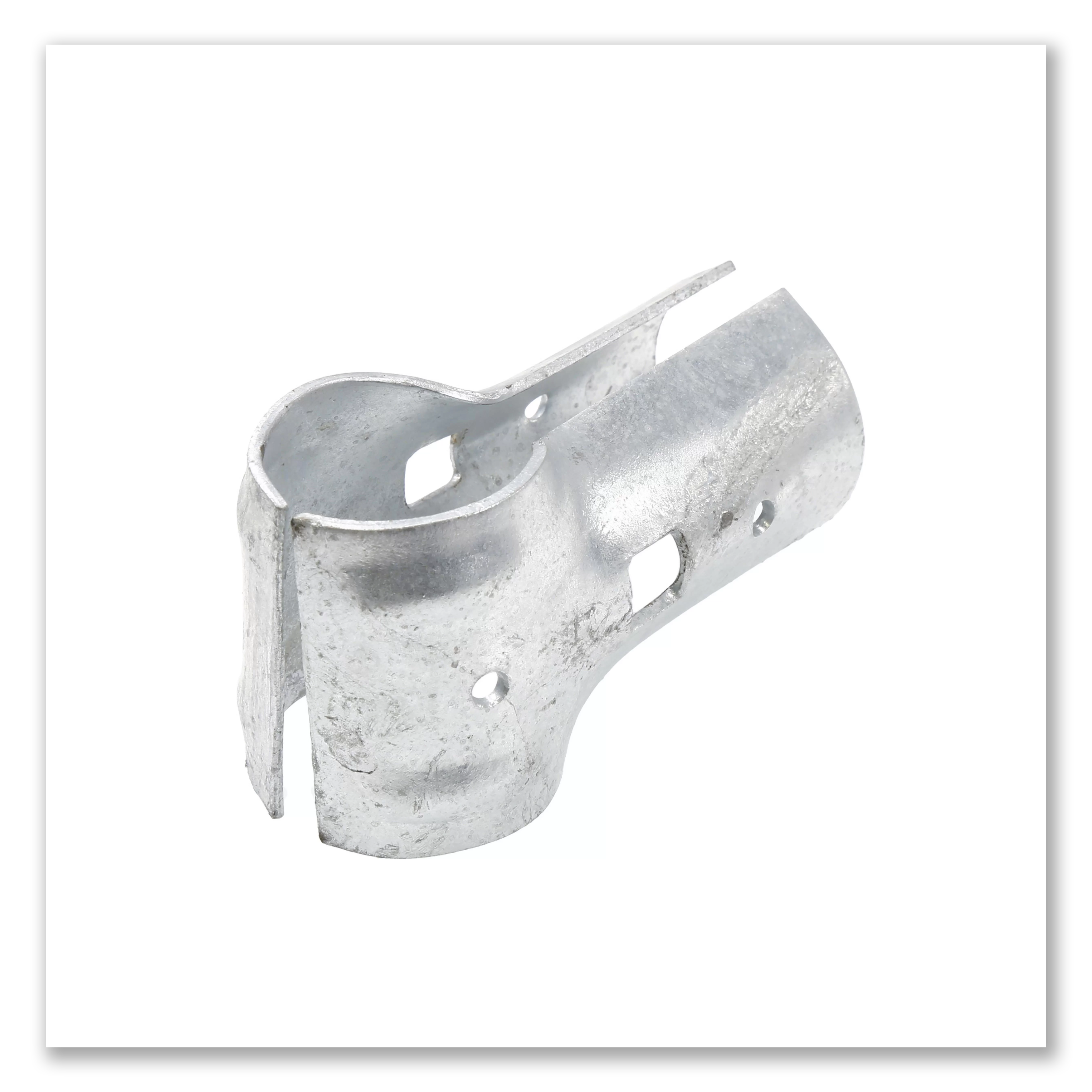
End Line Rail Clamps
End line rail clamps are used to connect a single horizontal rail to the end post of a chain link fence. It ensure the stability reaches all the way to the end of the fence line.
Shop NowChoosing The Correct Size Line Rail Clamp For Your Chain Link Fence
Chain link fences are built in a wide variety of different sizes with various combinations of both rail size and post size. When ordering your rail clamps, it's crucial to be aware of what size you need. Fence components are often labeled with nominal sizes that do not directly translate to their actual outer diameter (OD) or inner diameter (ID). For example, a 2" post actually has an outer diameter of 1 7/8". To avoid confusion, we've put together a comprehensive chart of the different rail clamps that we offer, which provides the size of rail and post they each fit.
If you are looking for more information about chain link fitting, posts, and pipe sizing, check out our comprehensive guide to chain link fence fitting sizes.
For more information about how to measure your fence posts, check out our article about measuring your post.
Line Rail Clamps Sizing Chart
| Line Rail Clamp (Nominal Size) | Fits Post Size (Actual OD) | Fits Rail Size (Actual OD) |
|---|---|---|
| 1 3/8" x 1 3/8" | 1 3/8" OD | 1 3/8" OD |
| 1 5/8" x 1 3/8" | 1 5/8" OD | 1 3/8" OD |
| 1 5/8" x 1 5/8" | 1 5/8" OD | 1 5/8" OD |
| 2" x 1 3/8" | 1 7/8" OD | 1 3/8" OD |
| 2" x 1 5/8" | 1 7/8" OD | 1 5/8" OD |
| 2" x 2" | 1 7/8" OD | 1 7/8" OD |
| 2 1/2" x 1 3/8" | 2 3/8" OD | 1 3/8" OD |
| 2 1/2" x 1 5/8" | 2 3/8" OD | 1 5/8" OD |
| 2 1/2" x 2" | 2 3/8" OD | 1 7/8" OD |
| 3" x 1 5/8" | 2 7/8" OD | 1 5/8" OD |
| 3" x 2" | 2 7/8" OD | 1 7/8" OD |
| 3 1/2" x 1 5/8" | 3 1/2" OD | 1 5/8" OD |
| 4" x 1 5/8" | 4" OD | 1 5/8" OD |
| 4" x 2" | 4" OD | 1 7/8" OD |
| 4 1/2" x 1 5/8" | 4 1/2" OD | 1 5/8" OD |
| 6 5/8" x 1 5/8" | 6 5/8" OD | 1 5/8" OD |
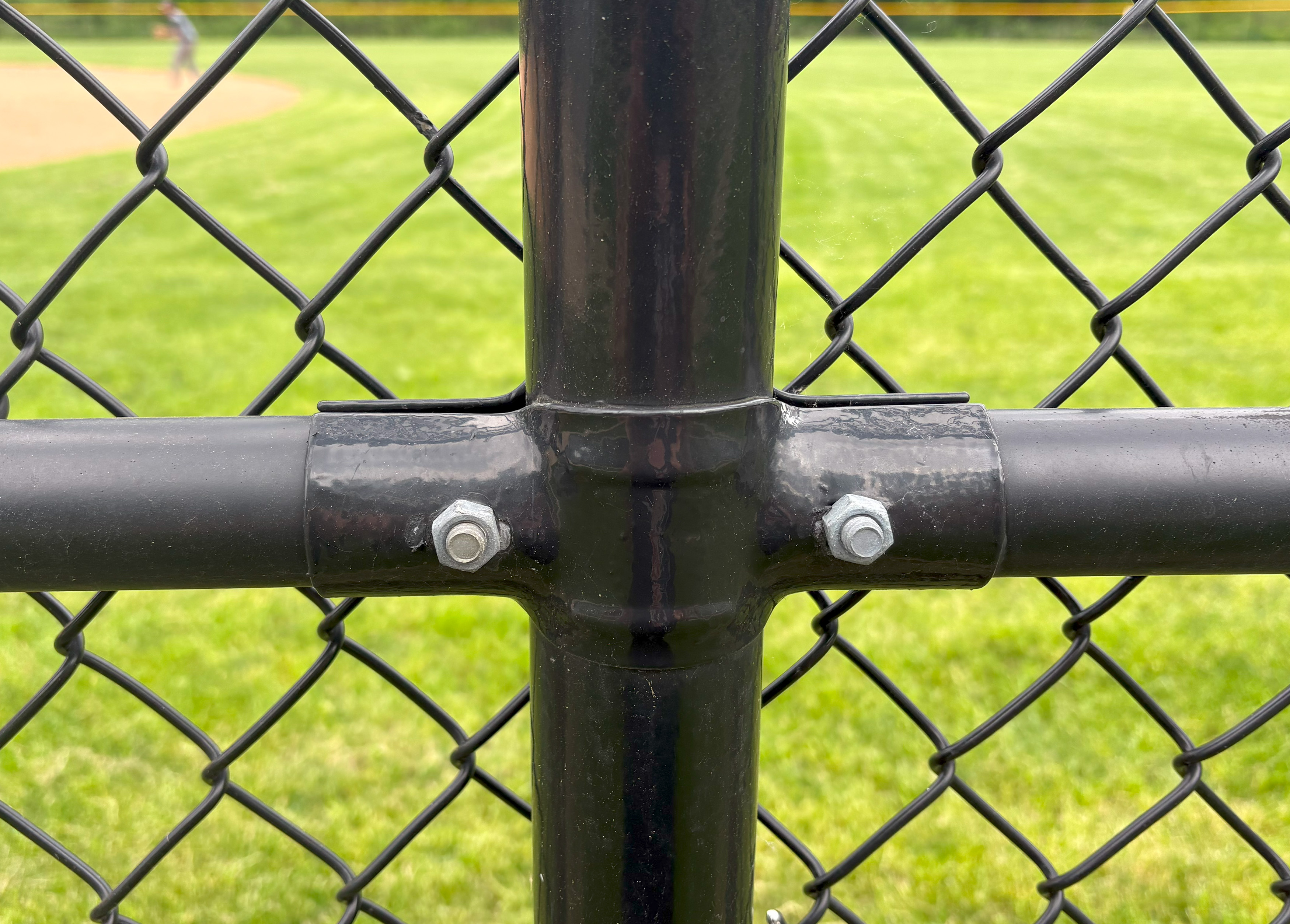
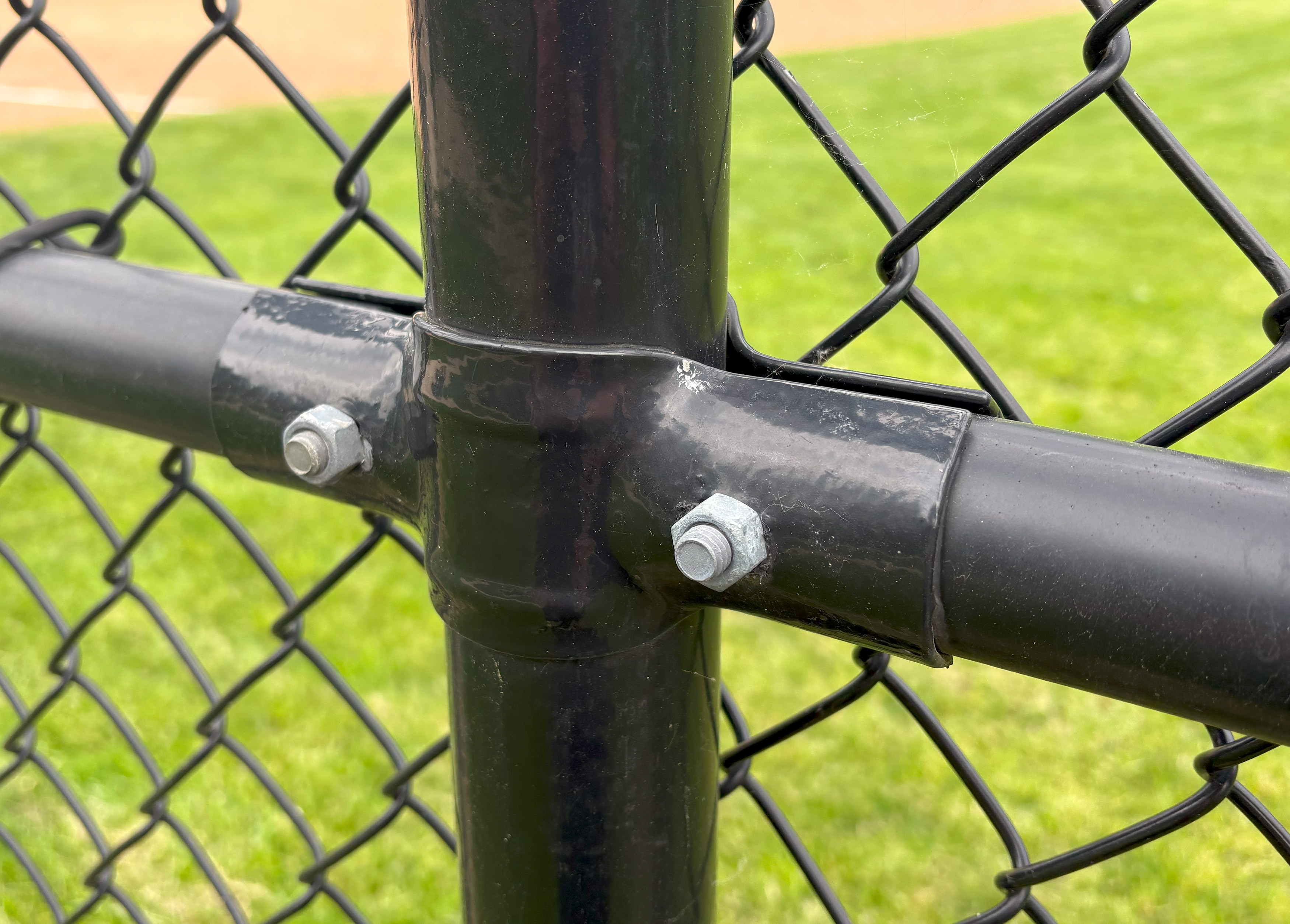
Unsure Of What Fitting You Need? We're Here To Help.
Chain Link Fittings is committed to ensuring you receive the parts that you need for your fencing project. If you are still unsure of what size fitting you need to complete your chain link fence, please reach out to our team of highly skilled sales representatives! With over 40 years of experience in the fence industry, we will make sure your order has everything necessary to complete your fence. Be sure to check out our wide range of chain link fence resources to learn more about fence components, installation processes, DIY fencing projects, and more.
Contact Us Resources
